Projects
Supporting innovative, cutting edge ideas, the Research Innovation Fund (RIF) provides seed grants for cross-college collaborative projects.
How do I apply?
Project Description
Media
Filters
- Project Types
- All
- Animal Health
- Aquaculture
- Automation and Robotics
- communities
- Communities/Farmers/Relations
- Computational Modeling
- Controlled Environment Agriculture
- Crop Production
- Dairy/Livestock Production
- Data Integration and Processing
- Farmers
- Farmers, Communities, Relationships
- Food Safety
- International Agriculture
- Iot and Networks
- Machine learning
- Machine Learning
- Plant Breeding
- relations
- Sensing Technology
- Soil
- Trustworthy AI
- Years
- Project Creators
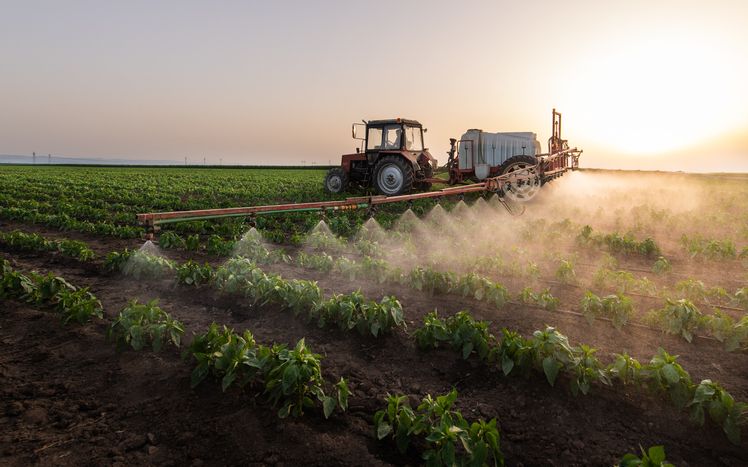
Real-time Control of On-farm Water Treatment Infrastructure to Enhance Biological Removal of Nonpoint Source Nitrogen Pollution 
The use of Internet of Things (IoT) tools in agricultural water quality management is a nascent field but holds great promise for innovating decentralized biological treatment systems geared for reducing nonpoint source nitrogen releases from excess fertilizer use. This project proposed to produce a first-of-its-kind testbed IoT-enabled denitrifying bioreactor that will produce novel data on the use of real-time control techniques to enhance nitrate load reductions under real-world conditions. This project aims to retrofit existing edge-of-field denitrifying bioreactors with sensors and actuators to enable real-time control of water levels and labile carbon concentrations in formerly static bioreactors. It will also serve to demonstrate the application of digital tools for agricultural water quality management – and address a critical sustainability challenge for agriculture and food production.
Matthew Reid (COE), Nils Napp (COE), Scott Steinschneider (CALS)
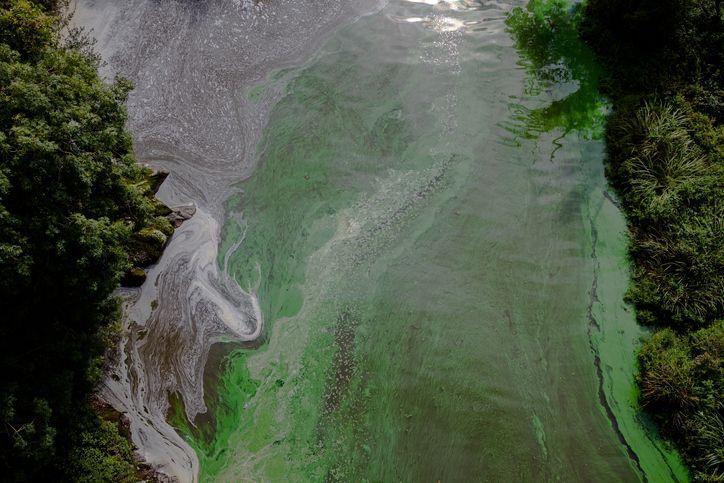
Using Real-Time Control and Internet of Things Capabilities to Improve On-Farm Denitrifying Bioreactor Performance
Agricultural systems need to increase food production to feed a growing population while mitigating the negative impacts of nitrogen fertilizers on water and climate. Nitrogen runoff from agriculture can cause groundwater to have excess nitrogen which can increase greenhouse gas emissions, damages to the ozone layer, acidification of soils and water bodies, and dead zones in coastal areas and estuaries. The goal of this project is to help develop accessible and easily implementable technology using an autonomous woodchip bioreactor and Internet of Things (IoT) to help enable farmers to limit the export of nitrogen to groundwater and surface water ecosystems through real-time data and feedback and help prevent excess nitrogen pollution.
Sofia Echavarria (UG-CALS); Matt Reid (COE); Scott Steinschneider (CALS)
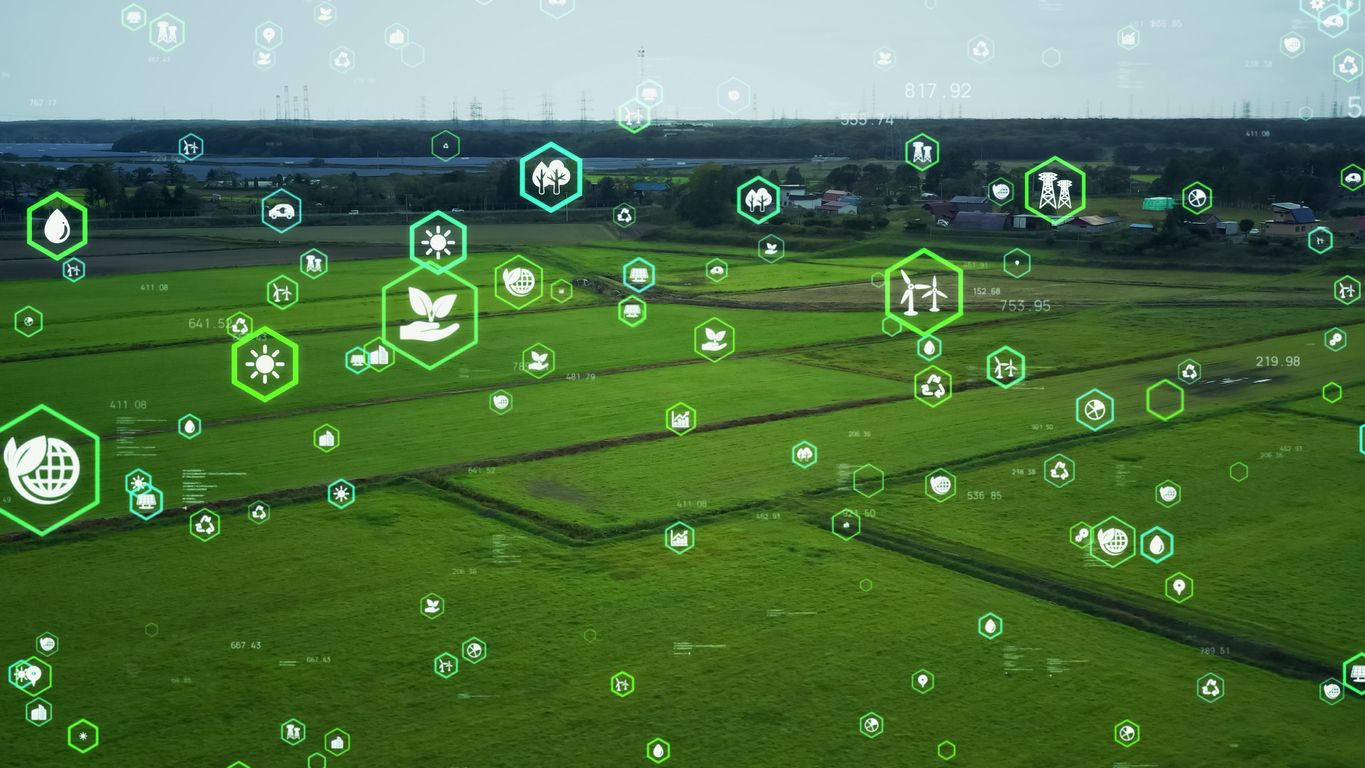
Expanding design of agricultural IoT to address practices beyond production (planning grant)
The proposed work explores ways to expand the design space of “Internet of Things” (IoT) agricultural technology by cross-informing work in social studies of agricultural technology with cutting-edge design research. Most digital agriculture aims to improve the productivity, profitability, and/or predictability of farming while reducing environmental costs. In this project, we propose to expand the range of agricultural IoT design by focusing attention on what we term “practices beyond production.” Recognizing that farms are not simply sites of rational food production, our work explores the potential for the design of agricultural IoT systems to address non-economic issues such as vocational and family values of farmers, human-animal-plant relations and care relationships, and farms’ participation within their rural communities.
Phoebe Sengers (CIS), Lee Humphreys (CALS)
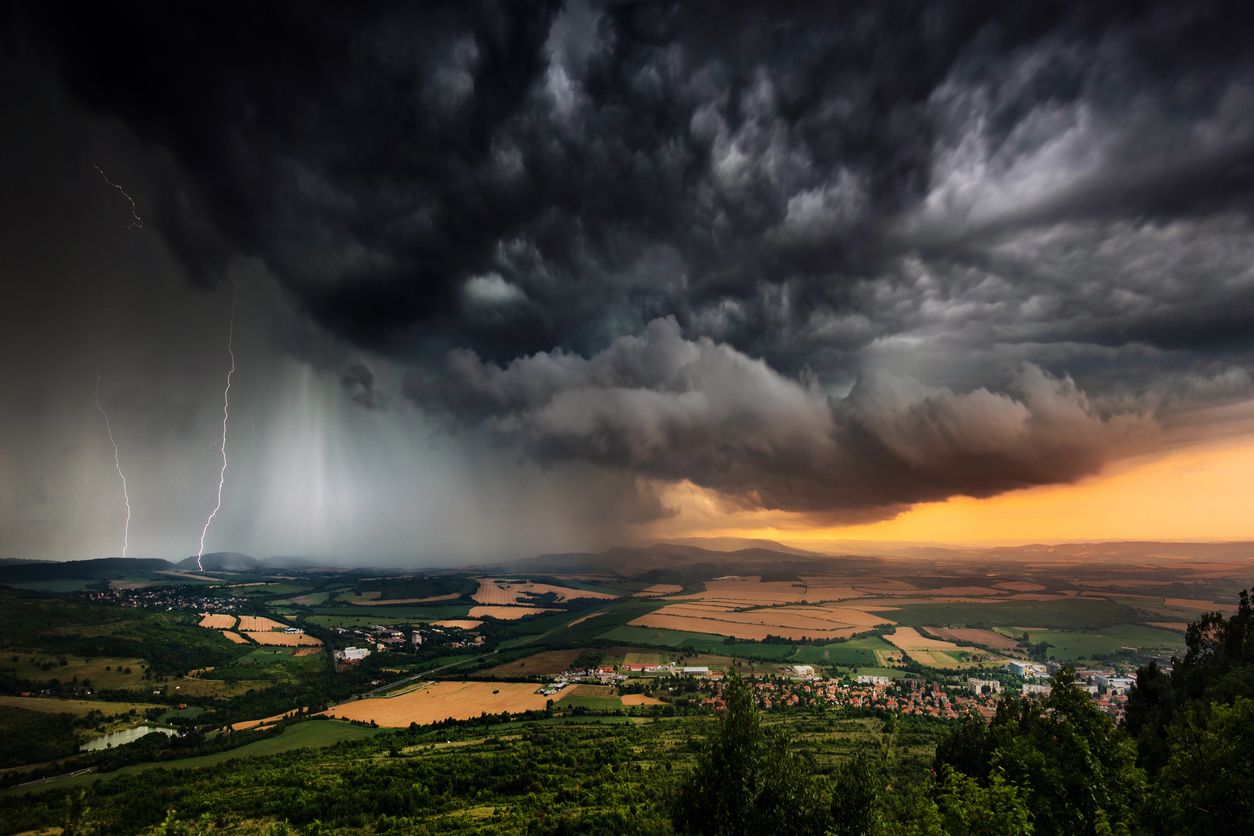
Scalable digital sensors of the skies and soils: An Internet of Things approach to improve farm-scale weather forecasts of extreme heat, drought and rainfall
Extreme weather is a serious threat to agriculture, economic vitality, human safety, and physical infrastructure in farming communities throughout the world. Climate change is likely to increase the risk of severe weather, particularly heat waves, droughts, and floods. To flourish in spite of these hazards, farmers, growers, agro-business, and food producers require a toolkit of political, infrastructural, and technological resources to manage the risk of extremes. Numerical models of weather and climate will be among the most important of these tools because they empower decision makers with information to anticipate and prepare for consequential events. The proposed research will monitor and forecast key variables for predicting extreme weather at State, County, and Farm scales in the Northeast by leveraging an existing wireless “Internet of Things” (IoT). We will develop open source tools for numerical weather and climate prediction to empower decision makers with information to anticipate and prepare for consequential events, and to provide farmers, growers, agro-business, and food producers with a toolkit for predicting key hazards to agriculture, particularly during the warm season when extreme rainfall, heatwaves, and droughts often exact severe crop losses.
Toby Ault (CALS), Max Zhang (COE)
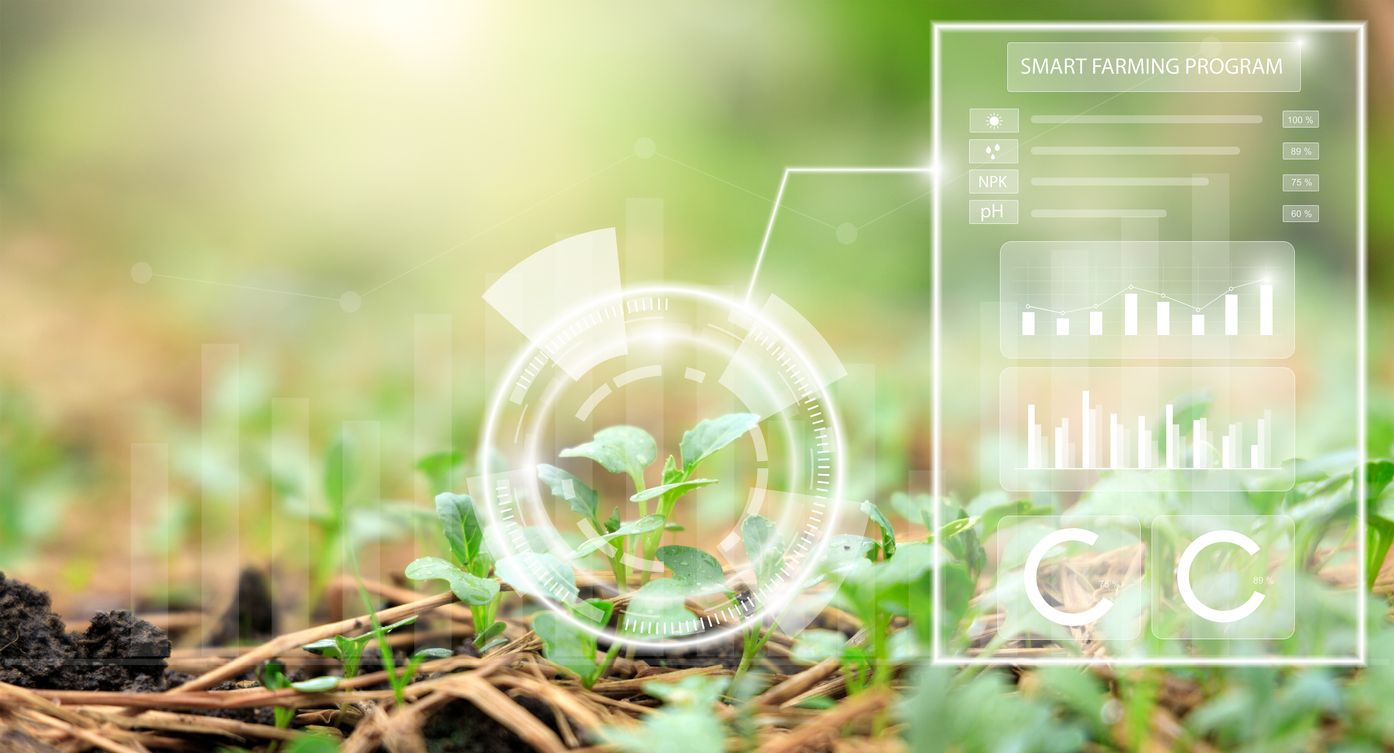
Internet of Dirt
In recent years, Internet of Things (IoT) infrastructures have expanded into the field of agriculture. Some of the applications for IoT in this context includes precision agriculture, livestock monitoring, and smart greenhouses. While these systems are designed in specific ways to fit their environment, they may degrade and fail in unexpected ways that require replacement and repair. In this research, I will study the maintenance of IoT infrastructures in the context of agriculture through 1.) conducting ethnographic field work and 2.) generating design implications for future IoT systems for agriculture. Over the course of the summer, I will examine the interactions between farmers, technicians, IoT infrastructures, and the environment as a way to understand how these systems are maintained across different field sites. These field sites will build upon existing collaborations with CIDA and will include farms that have implemented IoT systems. The fieldwork methods will include participant observation, semi-structured interviews, and design probes as a way of gaining key insights on how these IoT systems are maintained. I will then generate design implications by identifying mismatches between practices at the field sites and current design directions as a way suggest how systems could better meet the needs of the farms. These design implications will support the development of future development of IoT systems for agriculture at local, regional, and global scales.
Jennifer Liu (GR- CIS), Primary Advisor: Steve Jackson (CIS), Secondary Advisor: Phoebe Sengers (CAS)
- ALL
- Computational Modeling
- Data Integration and Processing
- Machine Learning
- Automation and Robotics
- Sensing Technology
- Iot and Networks
- Trustworthy AI
- Plant Breeding
- Crop Production
- Controlled Environment Agriculture
- Soil
- Dairy/Livestock Production
- Aquaculture
- Food Safety
- Animal Health
- International Agriculture
- Communities/Farmers/Relations
Become a Fellow
Stay up to Date
If you have a disability and are having trouble accessing information on this website or need materials in an alternate format, contact [email protected] for assistance.
CIDA Copyright 2023 | CIDA is an equal opportunity employer | Terms of Use | Privacy Policy